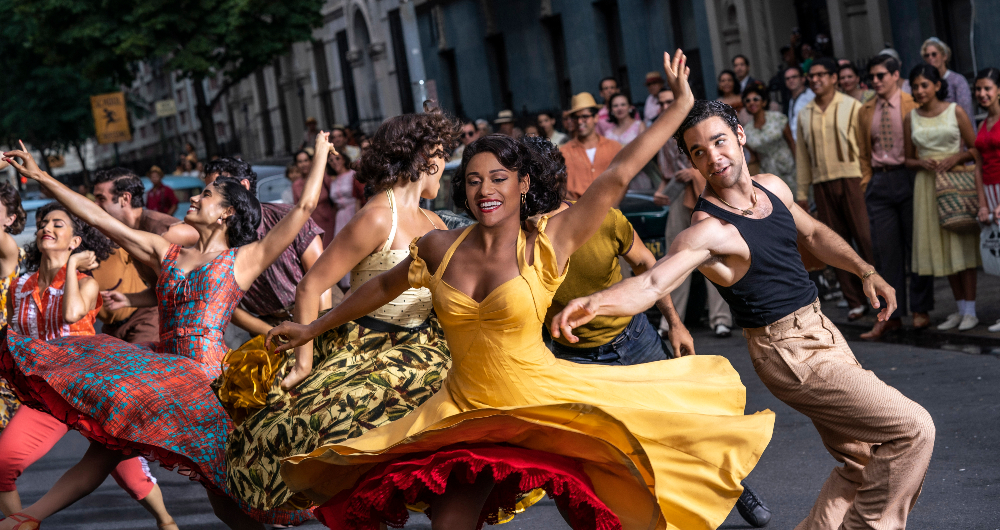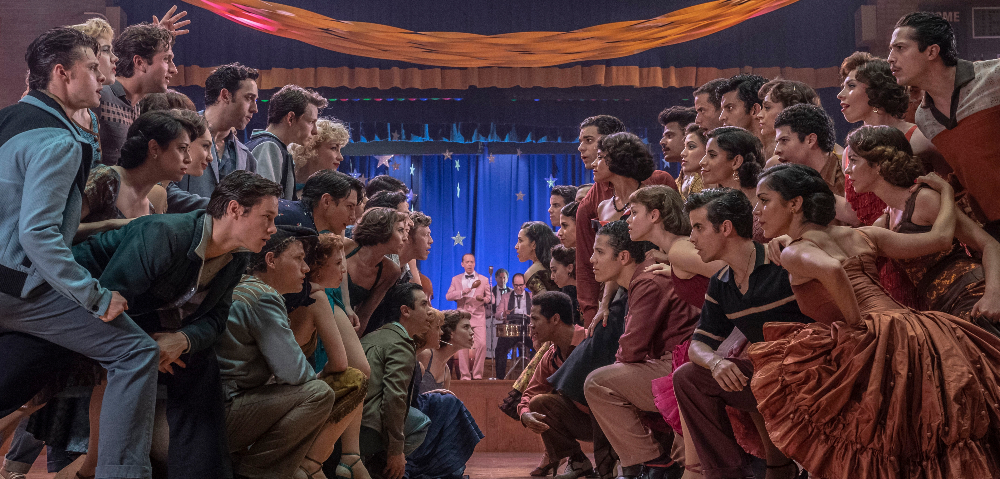
Steven Spielberg’s West Side Story has drawn raves from critics and year-end accolades for most of its below-the-line talent, including choreographer Justin Peck. There’s no question that the West Side Story cast displays some fantastic dance moves throughout the film, but what truly makes those musical numbers pop are the costumes worn by talented actors such as Rachel Zegler (Maria), Ariana DeBose (Anita), and David Alvarez (Bernardo).
Below the Line recently spoke to West Side Story costume designer Paul Tazewell, the Tony award-winning designer behind Hamilton and In the Heights. Tazewell told us about making the transition from Broadway to the big screen, and about the inspiration that he drew from the original costumes worn in the 1961 film, which brought the legendary Irene Sharaff one of her five Oscars.
Tazewell also talked about working with director Steven Spielberg to bring this quintessential New York story to life. Read our full chat below, if only to find out what he had to say about changing the color of Anita’s iconic dress during “America.”
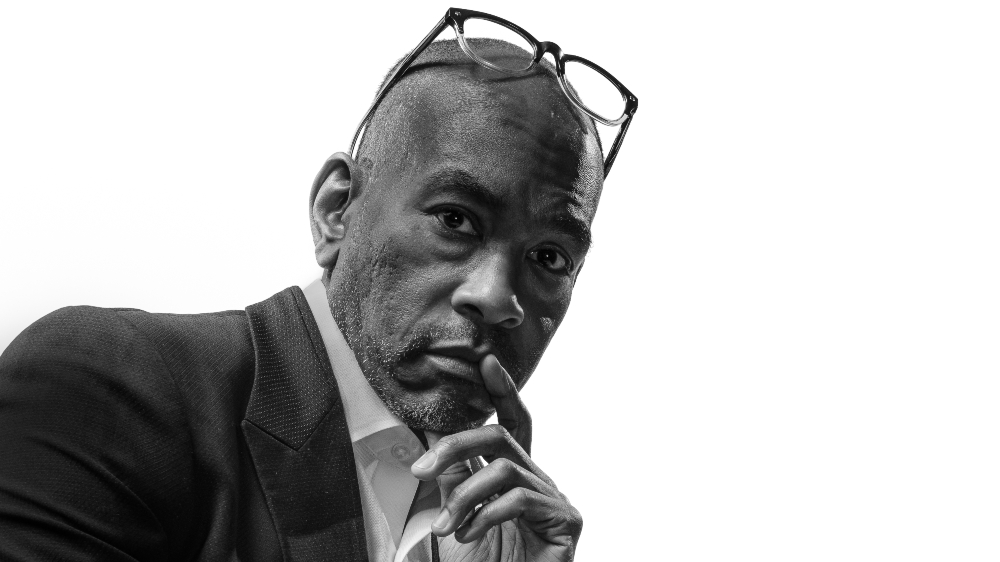
Below the Line: How did you first come to this project, and what did it feel like to get that first call from Steven Spielberg asking you to design the costumes for his first musical?
Paul Tazewell: West Side Story has been in my life since the beginning of my connection to theater, both as a performer back when I was in high school in Akron, Ohio, and as a designer. This is, of course, the first project I’ve done with Steven. My work has been largely Broadway-based as far as whatever I am known for, particularly working with Lin-Manuel Miranda, though I have not worked with him in film. Some of the things I did with Lin and for TV (The Wiz Live) are why I think I received a call. And I was on vacation out of the country, so we did a Skype call — this was before Zoom and COVID took over — and that expanded into meeting again a couple of times.
I was offered the job and I was blown away. It was beyond a dream for me to think I would work on a film with Steven Spielberg and be presented with the opportunity to design a film of West Side Story, to be sort of the second vision of this story on the big screen. It was beyond anything I ever expected. I ran with it immediately.
BTL News: How do you think it all turned out for you?
Tazewell: I am very happy with how it turned out. It was an amazing experience working with Steven and all the other amazing creators on this film. As a designer, I’ve been around almost 30 years and after all that time you realize what makes the most creative outcomes is a respectful, collaborative experience that gives me enough space to be as creative as possible. They definitely offered that up.
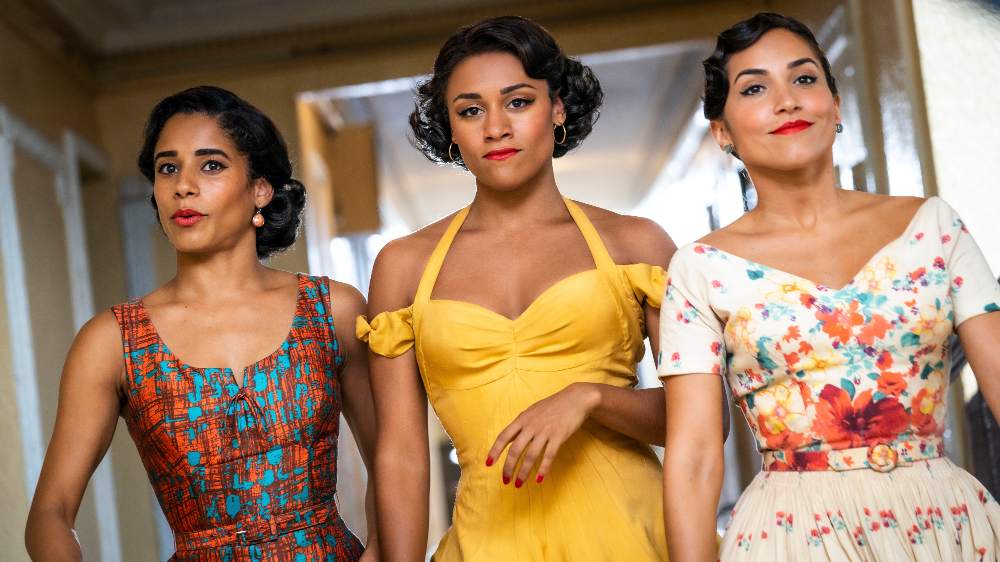
BTL News: As you’re thinking about designing this, what changes from Broadway to the screen, and how do you make sure that there is still some relationship to the original film, if any?
Tazewell: Steven was adamant about wanting to reenvision the way the story was told, to make it more naturalistic. Our film is set in 1957, which is the year the original Broadway show was created. That was the year we would put the story in. So I started researching pictures of gangs taken in New York or around New York in that year, and also the people, the inhabitants of New York in that period. My job became to recreate this time and still acknowledge that we are telling the story as a musical. It is not a documentary, so it is always going to be infused with the music of Bernstein and the choreography.
The idea was to create a balance with how we develop this world for ourselves, and the original, between production designer Adam Stockhausen and myself. We both loved the original production and costume design. I think those original designs is one of the reasons people love the film.
And to put myself up against Irene Sharaff — wow. She is a huge inspiration, I would never think that I would step into her shoes. I did want for it to capture the audience in the way her work captured me. So I had all of this in my brain, in my DNA, while I was designing this. I was going to come up with new ideas. I was a person designing in 2021. It was going to be different, even than the original Broadway production, which Sharaff also designed.
On the other hand, energetically, it was important to embrace some of the energy you get from the original film so that audiences have an entry point into it. Especially for those audiences that loved the original West Side Story, so that they don’t feel it’s alien and they’re able to embrace both.
In some ways, she was designing contemporary costumes, and we were designing period costumes. She was also designing from the sensibility of how musicals and movie musicals were being made at the time. I was too, but that sensibility has changed. Ultimately, you had to go into a headspace of ‘I’m going to set to the side the Sharaff design,’ knowing that it will be there and have some influence in how I make decisions, and then going on with my own ideas.
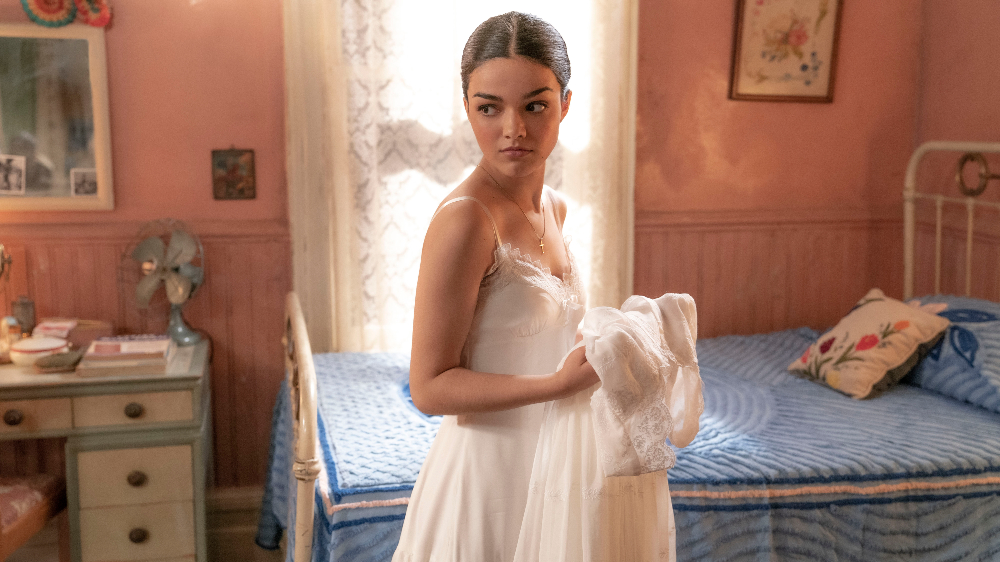
BTL News: What role if any did Spielberg play into that give-and-take between the original and your own designs?
Tazewell: The collaboration with Steven fully allowed for that dual relationship between the inspiration from the original and setting it to the side. There were only two instances where he specifically requested certain designs. One was the white dress that Maria wears at the dance at the gym — he wanted that as a nod to the original. Smartly so, [as] it reflects her innocence at the beginning. It was also the cultural connection to the Church and her Catholic upbringing. The second was that Bernardo be in a red shirt for the prologue, the first time we see him. Part of that, design-wise, was to set the tone for how I was going to imagine these two gangs.
BTL News: How did that design influence how you saw and ultimately dressed the gangs, overall?
Tazewell: Well, you end up seeing the two gangs as two shades. The Sharks are in a warm color palette and the Jets are in a cool color palette as they’re butting up against each other in the concrete neutral grey of the city.
BTL News: Your designs seemed much more colorful than the original to me — of course, there is the yellow dress for Anita during “America,” as opposed to the iconic lavender dress. Am I correct in saying that, and, if so, why did you go that way?
Tazewell: Color is a huge part of how I design. I have an emotional, visceral connection to color. I use it to express feelings, at least, [it’s] one of the tools I use as I’m designing. I always want to create a colorful world. In this film, in that color, I wanted to orchestrate how I was telling the story.
For example, using the bright color for “America” that you mentioned, the idea was to evoke the happiness of moving to America, of recreating your life, the aspiration of that. This is all vs. the cooler, more controlled, or even depressive quality in the Jets, the broken homes they were coming from, and what was influencing how they viewed this new community of a different race coming into their territory.
Hopefully, the audience saw that I was using color in a way that is subtle, but still underscores what is going on within the narrative or the story.
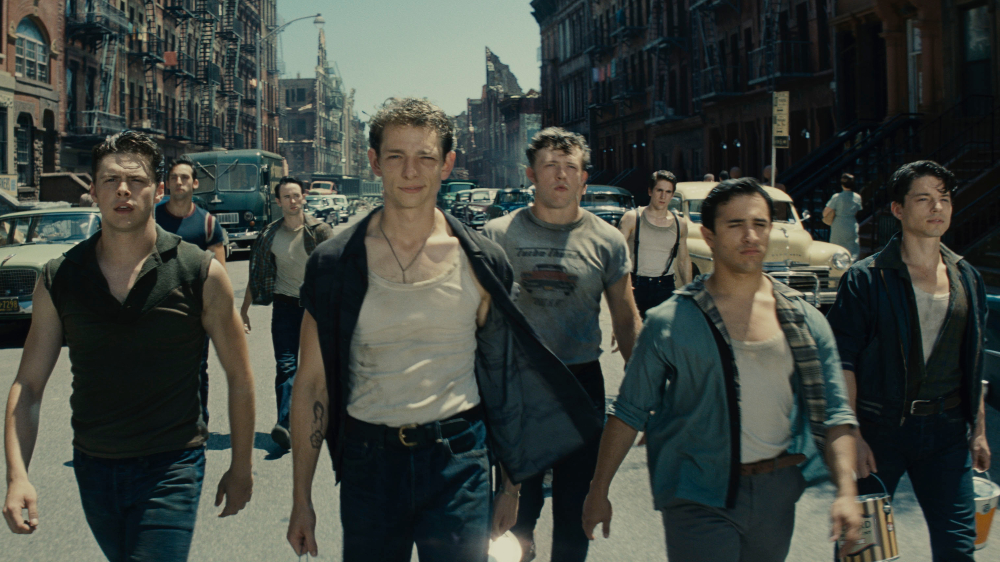
BTL News: Can you walk me through one or two costumes that stick in your head and how you came about designing them?
Tazewell: Moments that I really loved include the first time we see the Jets as a group come down the street. And they break out into dance. It was gratifying to see how I was able to define each character in an individualistic way with the clothes they have. We get a sense of who each of them is, what role they play in this family of a gang, and we get a sense of the gang. It was fun to collaborate with the actors on that project.
The other one is, of course, “America,” with Anita and the yellow dress. As I was thinking about that design and knowing that it would be compared to the lavender dress that we are very familiar with, I was hoping that she would resonate with audiences as a beam of sun, as energy, as a very warm, bright, joyful character within that moment. The energy coming out of that number was supposed to be very positive. So there I surrounded the Sharks and their girlfriends with the Latinx community of New York, while trying to give them authentic-looking clothes in colors. And I designed the dresses for the backup dancers so that they all opened up and backed up the dance — there was a great deal of thought that went into balancing all of these elements for that number. It was a lot of work, particularly because this number was shot over the course of several weeks, and every time we would get to a moment, [there] was a lot of joy watching on the screens in the tent.
BTL News: Last question… how many layers of ruffles are in Anita’s dress?
Tazewell: [Laughing] Yes, it was like a visual effect. It came out of a request from Steven and I was right in there with him. Again, it is a visceral feeling you get when you have clothing that extends itself from the dancer, the feeling of the dancer gets extended out and makes the feeling more kinetic. And the way Steven was able to capture it was really beautiful.
West Side Story is now playing in theaters nationwide.
